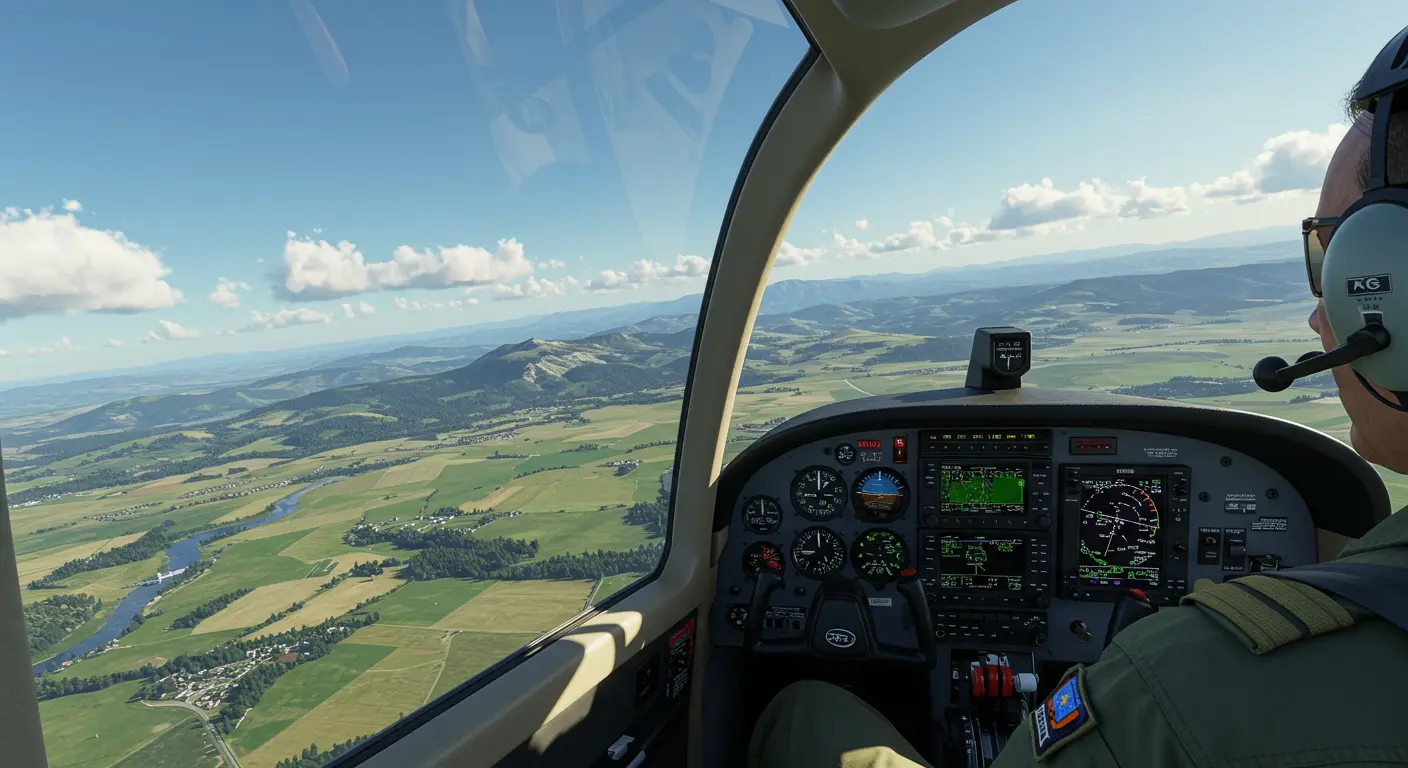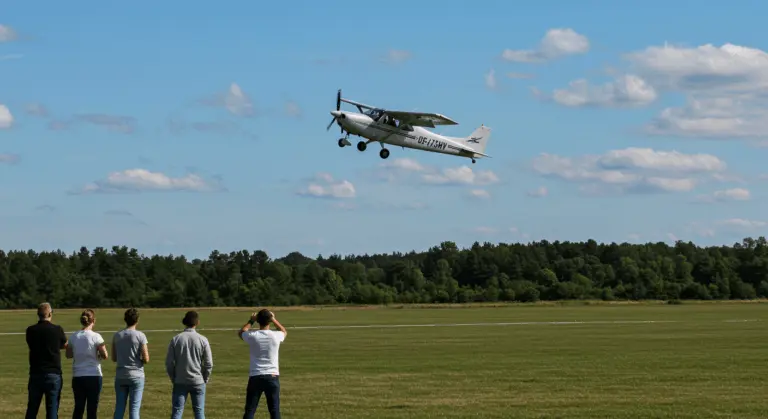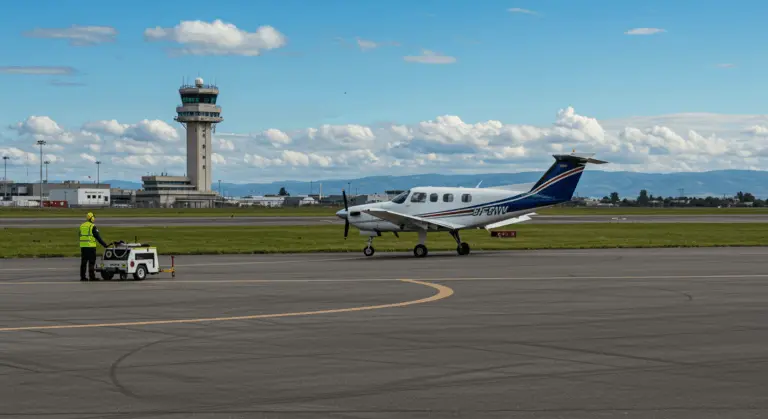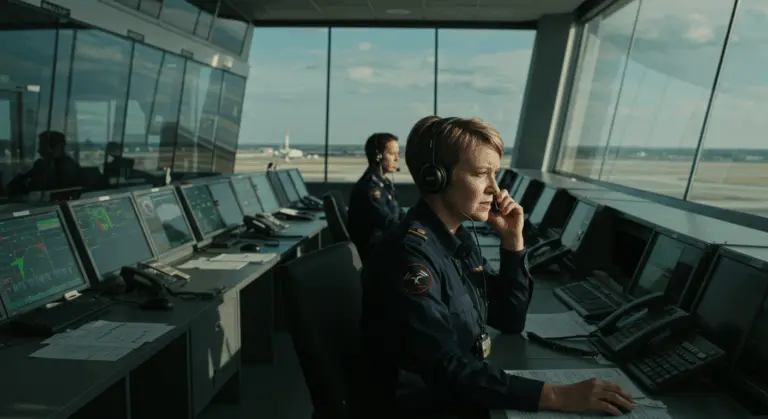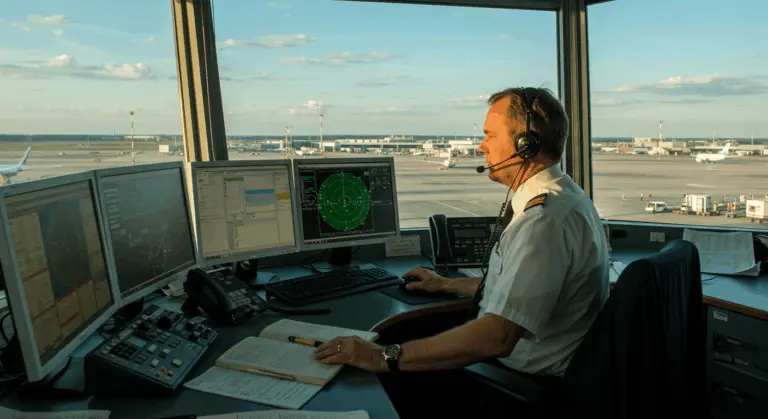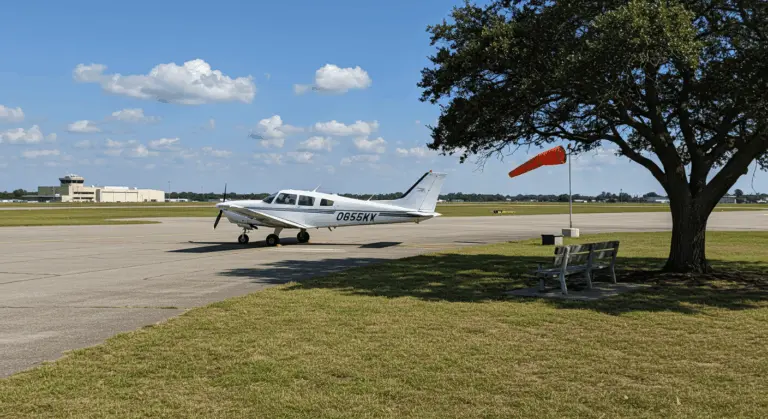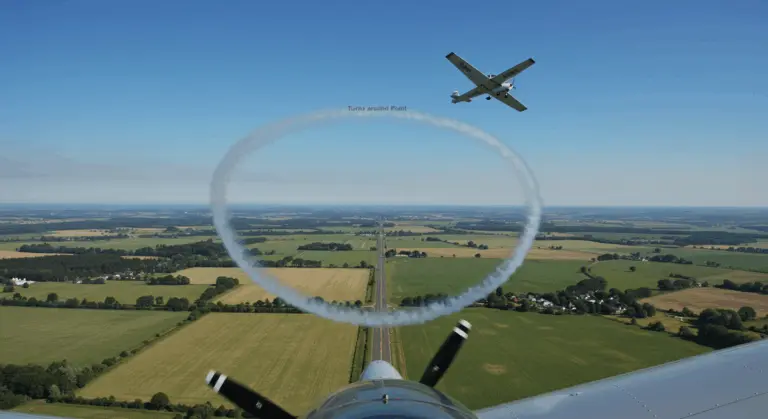Understanding VFR Altitudes – A Comprehensive Guide
What are VFR Altitudes?
VFR (Visual Flight Rules) altitudes represent the specific heights pilots must maintain when navigating by sight rather than instruments alone. These structured regulations, established by aviation authorities, form an invisible highway system in the sky, ensuring safe separation between aircraft while maintaining organized traffic flow throughout our airspace.
Federal Aviation Regulations (14 CFR section 91.159(a)) establish a clear framework for altitude selection. When operating more than 3,000 feet above the surface up to 18,000 feet MSL (Mean Sea Level), pilots follow a directional system based on magnetic course.
Above 18,000 feet MSL, however, pilots must maintain the altitude or flight level assigned by Air Traffic Control (ATC), as this airspace typically requires operation under Instrument Flight Rules (IFR).
VFR Cruising Altitude Rules
VFR cruising altitude rules organize aircraft separation in the sky, organizing aircraft separation based purely on direction of flight. This systematic approach applies to all aircraft in level cruising flight more than 3,000 feet above the surface—unless Air Traffic Control (ATC) provides alternative authorization.
The key difference: VFR and IFR (Instrument Flight Rules) cruising altitudes follow similar directional patterns, but with a crucial difference. IFR flights use clean thousand-foot increments without the additional 500 feet.
VFR-on-top clearances present an interesting hybrid situation—pilots must still follow these VFR cruising altitude rules. ATC might specify altitude restrictions such as ”Maintain VFR-on-top at or above 3,500 feet” or ”between 6,000 and 10,000 feet,” but within those parameters, pilots must still follow the appropriate odd/even plus 500 feet rule for their direction of flight.
Communication failures during VFR operations require swift, methodical action. Pilots should immediately squawk 7600 on their transponder, adjust to an appropriate VFR cruising altitude following these directional rules, and land as soon as practical while maintaining visual flight conditions.
Minimum Safe Altitudes for VFR Flights
Minimum safe altitudes for VFR flights provide aviation’s fundamental safety net, ensuring adequate clearance from terrain and obstacles while providing viable emergency landing options without endangering people or property below.
The requirements shift dramatically based on your operating environment:
-
Over Congested Areas: At least 1,000 feet above the highest obstacle within a 2,000-foot horizontal radius.
-
Over Non-Congested Areas: At least 500 feet above the surface. Aircraft must also remain at least 500 feet from any person, vessel, vehicle, or structure.
-
At Night: At least 1,000 feet above the highest obstacle within a 5-mile radius of the course. This increases to 2,000 feet in designated mountainous areas.
VFR weather minimums interweave with altitude considerations to create a comprehensive safety framework. Standard VFR requires three statute miles flight visibility plus specific cloud clearances: 500 feet below, 1,000 feet above, and 2,000 feet horizontally from clouds.
Can you safely fly at low altitudes like 2,500′, 2,000′, 1,000′, or 500′ AGL under scattered clouds? The answer isn’t simply yes or no—it’s complicated.
International operations follow ICAO (International Civil Aviation Organization) standards, which specify minimum vertical separation for IFR flight as 1,000 feet below FL290 (29,000 feet) and 2,000 feet above FL290, except where Reduced Vertical Separation Minima (RVSM) apply. While these are IFR standards, they influence the overall airspace structure in which VFR flights operate.
VFR-on-Top Clearance Explained
A VFR-on-top clearance offers aviation’s practical compromise between instrument precision and visual flexibility. This authorization allows pilots on IFR flight plans to select their own altitude when operating in visual meteorological conditions (VMC), rather than accepting ATC’s altitude assignment.
Under this clearance, pilots retain responsibility for following VFR cruising altitude rules matching their direction of flight. The benefit? Freedom to climb or descend for cloud avoidance or smoother air, as long as VFR cloud clearances remain intact.
Don’t confuse VFR-on-top with VFR over-the-top—they’re distinctly different operations. VFR-on-top involves aircraft on IFR flight plans operating in VMC with altitude flexibility. VFR over-the-top? That’s pure VFR flight above an overcast layer, maintaining required cloud clearances throughout.
Picture this common scenario: you’re flying IFR cross-country, departing in cloudy conditions. After climbing through an overcast layer, brilliant clear skies stretch endlessly above.
VFR-on-top clearances preserve your IFR flight plan and route requirements while granting altitude autonomy. You’ll continue receiving IFR separation services from ATC, but altitude selection follows VFR rules. This provides IFR’s structural safety with VFR’s altitude flexibility.
Night VFR Requirements
Night VFR operations add important requirements that address the challenges of flying in darkness. These enhanced standards address the fundamental challenge of maintaining visual reference when natural light disappears, covering everything from equipment specifications to pilot qualifications.
Essential night VFR equipment includes:
-
Position lights, an anti-collision light system, and an adequate electrical source.
-
Instruments for attitude reference, altitude, and heading.
-
A flashlight, preferably with a red light setting to preserve night vision.
Fuel planning becomes more critical after dark. Night VFR flights require sufficient fuel to reach your destination plus an additional 45 minutes of flight time at normal cruising speed—a more generous safety margin than daytime operations demand.
Night VFR pilot qualifications demand specialized preparation. Pilots must complete at least 5 hours of VFR night flying, including 10 takeoffs and landings at a towered airport.
Many countries permit night VFR operations, though often with enhanced restrictions—stricter weather minimums, additional training requirements, or specialized ratings.
Effective night VFR planning recognizes that fewer airports remain available or suitable for night operations. Pilots should also recognize the heightened risk of spatial disorientation in darkness and maintain sharp instrument reference skills as a crucial safety backup.
VFR Flight Regulations and Airspace Restrictions
VFR flight regulations and airspace restrictions create aviation’s comprehensive framework, creating a framework that balances operational freedom with safety imperatives. These regulations shift dramatically based on airspace classification, reflecting the varying complexity and traffic density of different aerial regions.
Each airspace class imposes distinct VFR requirements:
-
Class A (18,000 ft MSL to FL600): IFR operations only.
-
Class B: Requires ATC clearance, 3 statute miles’ visibility, and remaining clear of clouds.
-
Class C & D: Requires two-way radio communication with ATC and specific weather minimums.
-
Class E: No communication requirements for VFR, but weather minimums apply and vary with altitude.
-
Class G (Uncontrolled): Has the least restrictive requirements.
Equipment requirements scale with operational complexity. While VFR flights below 10,000 feet MSL face minimal instrument mandates, operations above this altitude require Mode-C transponders for altitude reporting.
Special VFR (SVFR) operations offer a lifeline in marginal weather conditions within controlled airspace. SVFR permits flight with reduced visibility—just one statute mile—while remaining clear of clouds, though it requires ATC clearance and depends on traffic conditions.
Temporary Flight Restrictions (TFRs) can suddenly reshape your flight environment, imposed for security concerns, natural disasters, or special events. Pilots must check Notums (Notices to Airmen) before each flight to ensure awareness of any temporary restrictions that might affect their planned route.
Sectional charts function as the VFR pilot’s essential navigation tool, packed with essential information about terrain, airspace, navigational aids, airports, and potential hazards. Understanding these charts is fundamental to safe VFR flight planning and execution, especially when determining appropriate altitudes.
Pilots must receive and log specific training in aeronautical chart use as part of their certification process. This training extends far beyond basic chart reading, encompassing the integration of chart data with aircraft performance, weather information, and emergency procedures.
Sectional charts employ an intuitive color-coding system for terrain elevation—higher elevations appear in progressively darker shades. Maximum Elevation Figures (Mess) appear within chart quadrangles, representing the highest elevation plus 100 feet for vertical clearance within that area.
Effective VFR altitude planning requires correlating your intended route on the sectional chart with appropriate VFR altitude rules—odd thousands plus 500 feet eastbound, even thousands plus 500 feet westbound. Your selected altitude must provide adequate terrain clearance throughout the entire route by referencing Mess and marked obstacles.
Airspace classifications appear on sectional charts through distinctive boundary markings and color schemes. This visual information proves critical for understanding where specific VFR weather minimums apply and ATC communication becomes mandatory. Special use airspace, such as restricted areas or military operations areas, may have altitude restrictions that affect VFR flight planning.
Night VFR operations make sectional charts even more critical as visual references fade. Pilots must pay meticulous attention to lighted obstacles, airport beacon characteristics, and terrain features when planning night routes and altitudes.
Modern electronic flight bag (EFB) applications improve sectional chart accessibility, but basic chart reading skills stay essential. Why? Electronic systems fail.

